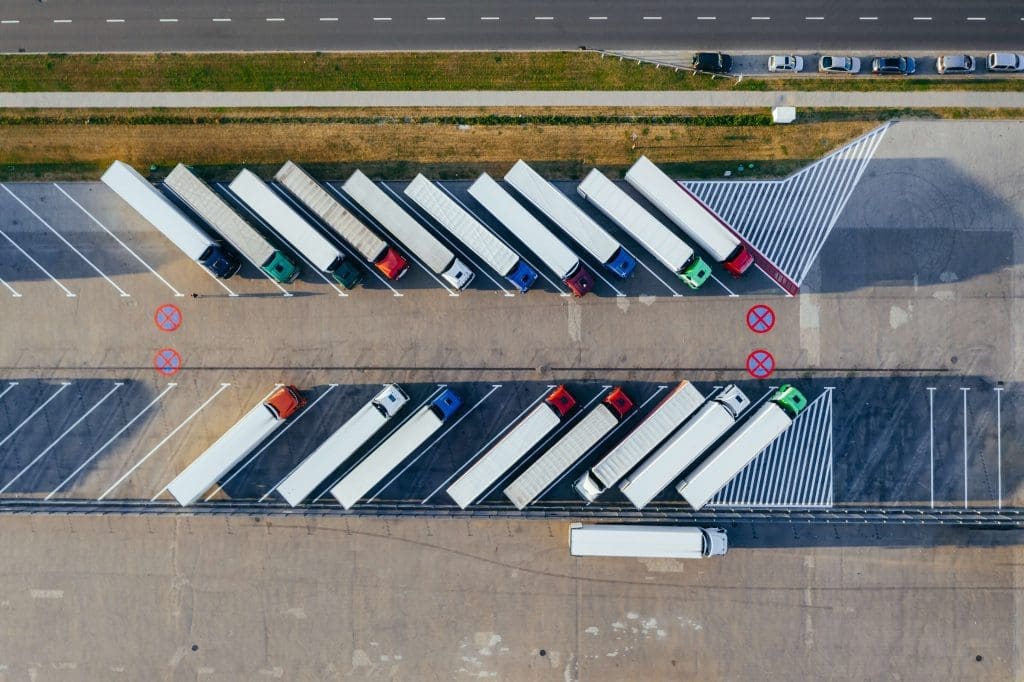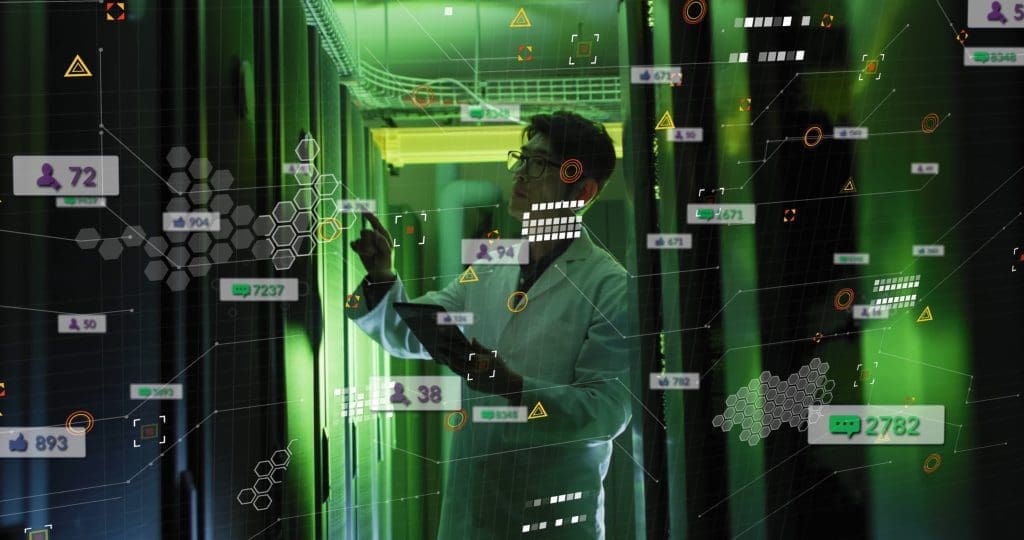Autonomous vehicles have been ‘almost arriving’ for several years now. Each time it seems like we are almost there another challenge comes along and slows down a rollout. Tesla has claimed that their vehicles can already function as fully autonomous – if regulators would allow them. Some of these claims have landed the company in hot water as customers will often try out autonomous features that are not necessarily legal.
Much of the focus has been on the individual car driver or taxi passenger. Lyft has delivered over 100,000 autonomous journeys to date – they offer the option for passengers to choose a regular car with a driver or an autonomous one if it is available.
Although Lyft has shown that it is possible to safely deliver an autonomous driving service, it is only available in a small number of areas. Most legislators are still wary of allowing autonomous vehicles in their city.
The problem is the transition. If we have no autonomous vehicles then all drivers must take responsibility for their vehicles. If every car is autonomous then we can rely on the computers to communicate with each other and to keep us safe. If there is a mix of the two then it can lead to complications as humans are unpredictable.
But there is another area where progress may be faster – logistics. All those trucks cruising US highways need human drivers and there is a lot of regulation around rest stops and the number of hours they can drive. Why not use autonomous vehicles for the long haul truck journeys and just use human drivers for the more complex last mile?
It’s a simple idea. Each major city would just need a ‘truck port’ where the autonomous trucks could deliver their loads, which would then be taken by a human driver to the local destination. It means the human truckers could stay close to home rather than being out on the road for days or weeks and the autonomous vehicles don’t need to be subject to the regulations on rest and driving hours.
But there are still some challenges, even for a single use case such as long haul trucking:
- Road infrastructure: signs and traffic signals on all major highways will need to be upgraded to interact with autonomous trucks.
- City hubs: the idea works best if it eliminates the long haul, but this will need every urban area to create a hub, or port, for the trucks so they don’t enter the city centre.
- Liability and safety: it’s still unclear who is liable for autonomous vehicle accidents – who is to blame for an accident when there is no driver?
- Regulation: accidents, privacy, and cybersecurity are all areas that will need regulatory oversight before autonomous vehicles can be widely used.
- Truckers: the entire industry is based on truckers who are paid by the mile. The same model will not work if humans only operate local deliveries and not long haul, so opposition to automation may start from inside the truck cab itself.
Uber sold their autonomous truck division in 2020, perhaps indicating that the challenges are greater than the opportunities, but they did retain a significant stake in the business – it wasn’t entirely offloaded.
There is clearly an opportunity for autonomous vehicles to make travel safer and more environmentally sustainable, but as I listed, there are challenges ahead. I believe we will eventually see an autonomous future and focusing on one specific area, such as long-haul trucking, is likely to be the quickest way to demonstrate that autonomous vehicles can be safe and useful.
Let me know what you think about the development of autonomous vehicles. I’d be happy to share ideas or examples from what Quantanite is doing. Email [email protected] or get in touch directly via my LinkedIn.
CC Photo by Marcin Jozwiak













